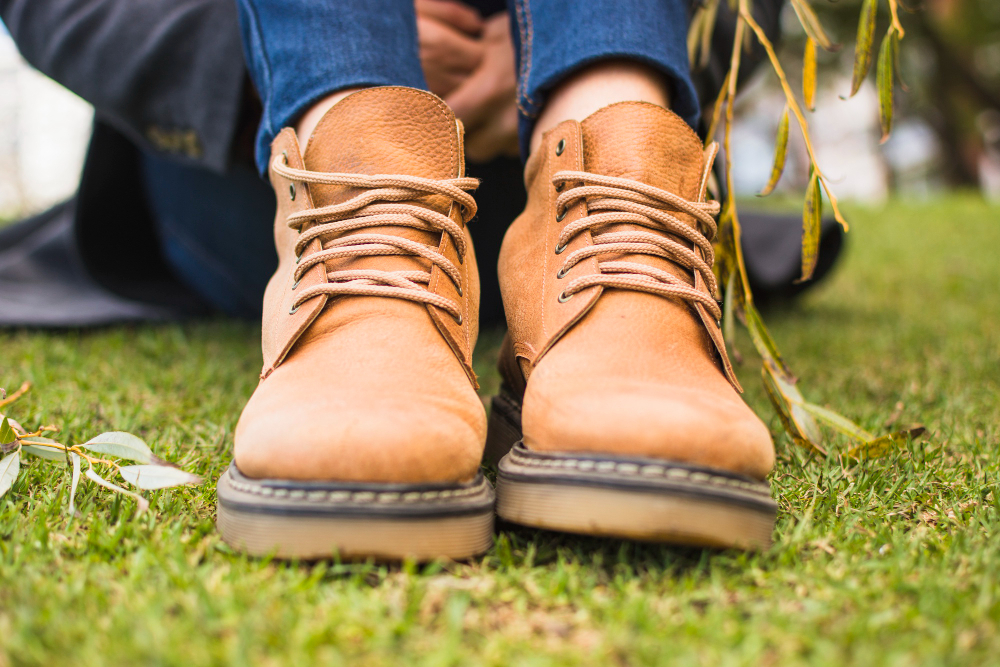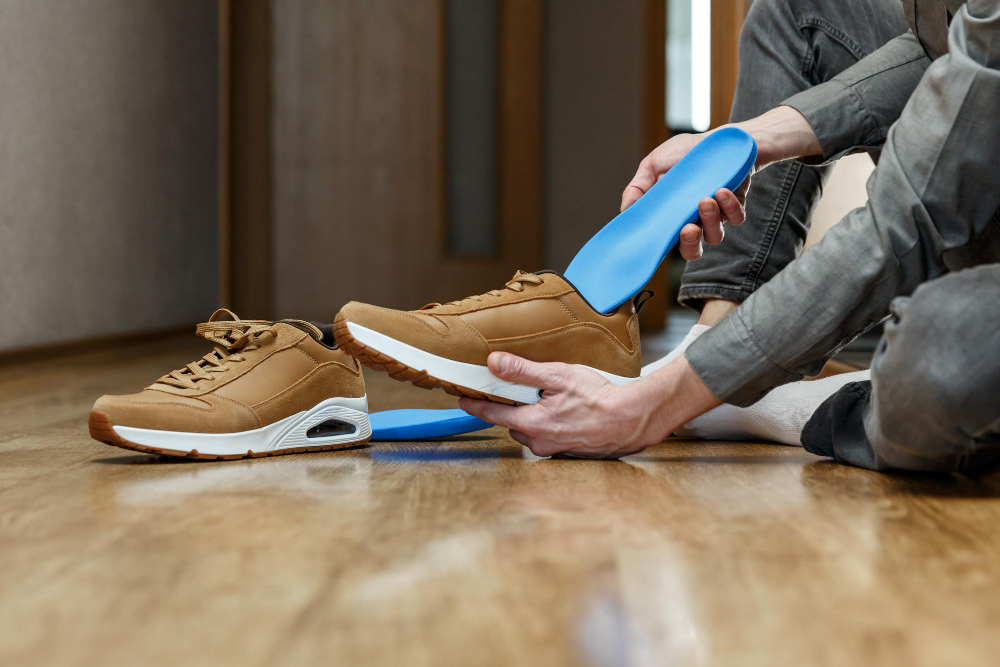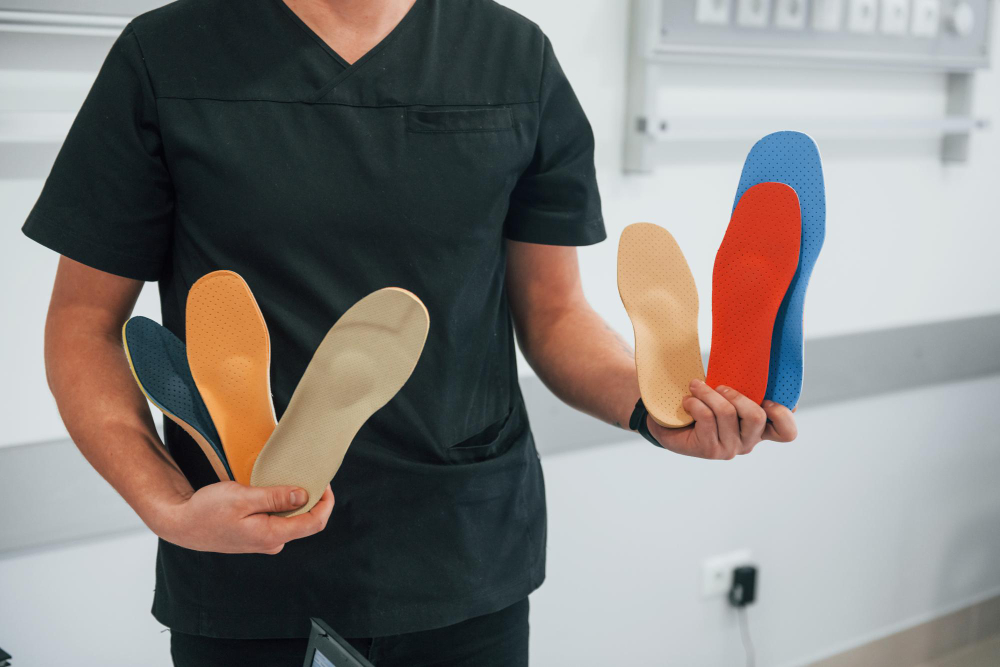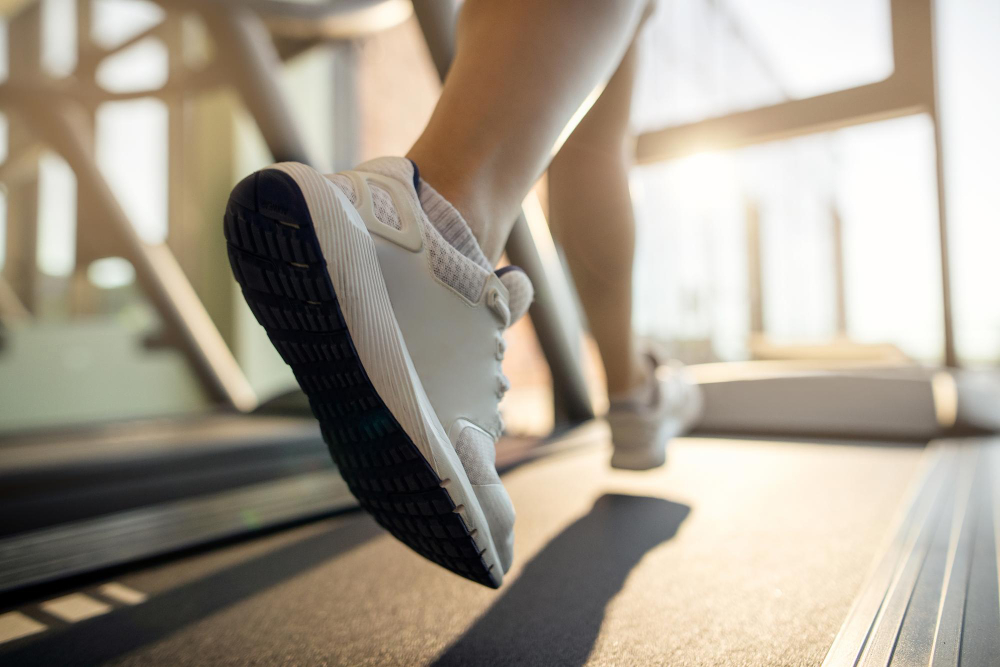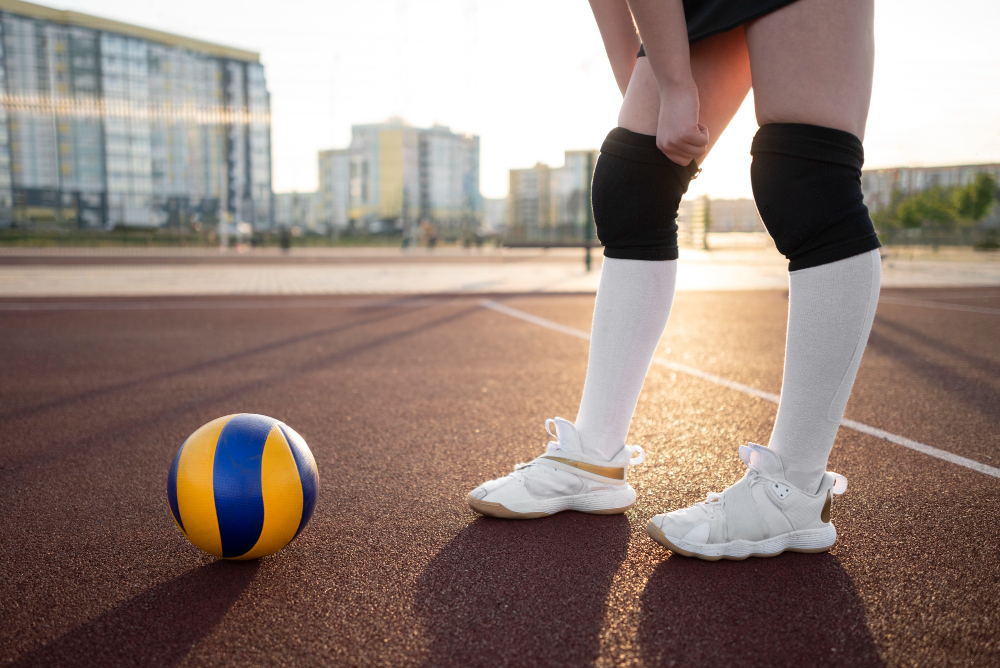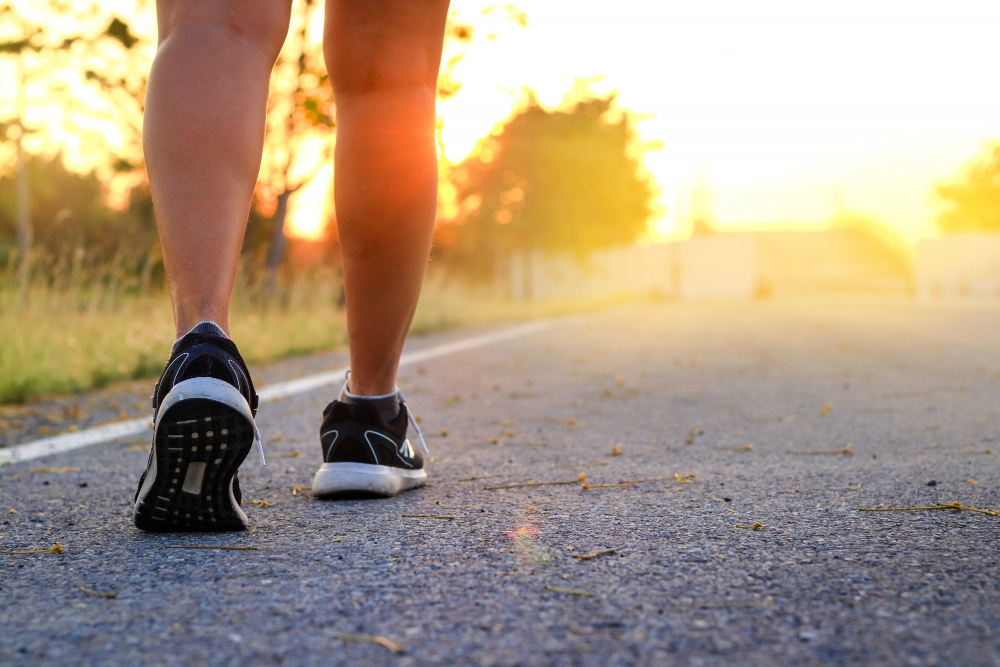Weight loss, exercise and foot orthotics
It’s a vicious circle: excess weight can cause foot pain and put you at increased risk of foot-related injuries, but it’s difficult to exercise when your feet hurt! In addition to placing additional strain on any pre-existing biomechanical imbalances, extra weight changes the way the foot functions.
Changes to Foot Structure
Pressure on the foot increases with extra weight, and the feet angle outward. Changes in posture caused by weight gain can also have an impact on the feet. Footsteps are shorter, and the foot can flatten out significantly. Overweight people tend to walk with their knees closer together, which can shift body weight to the insides of the feet, which can in turn lead to injuries related to the arches and tendons of the foot and ankle. Studies have shown that overweight people are more prone to fractures, sprains, and overuse injuries such as plantar fasciitis and various types of tendonitis. In addition to biomechanical issues, being overweight can also lead to gout, an accumulation of uric acid crystals in the joints of the big toe, and diabetes, which can reduce blood flow to the feet.
How Orthotics Can Help Your Exercise Program
While the health benefits of exercise and weight loss are undeniable, combining excess weight with the increases in exercise and athletic activities can significantly increase the risk of injury to the feet, legs and ankles. If foot pain is preventing you from exercising, a foot orthotic may provide the additional support needed to realign biomechanical imbalances and reduce the additional strain of extra weight on pre-exisiting injuries or deformities. Custom-fitted orthotics will help to minimize the abnormal pressures exerted on the body by extra weight, and provide shock absorption to decrease excessive strain on joints.
Injury Prevention and Foot Hygiene
In addition to working with your doctor to ensure that your new exercise program is safe and effective, make sure that your feet are equipped to handle the new changes to your routine. As with any exercise program, start slowly in order to prevent injuries as well as aggravating joints, muscles, and tendons that are already under increased strain from the extra weight you are carrying. Make sure that your exercise shoes fit properly, and make sure to clean and dry your feet properly after exercise. Perform a foot self-exam at least once a week, or once a day if you are diabetic, in order to check for sores or infections. Wear socks that wick away moisture in order to keep your feet dry and avoid fungal infections. If you’ve already purchased orthotics, take them with you when you buy new exercise shoes. Talk about any planned new activities and exercise programs with your orthotics provider so that they can account for them when designing your orthotics.

